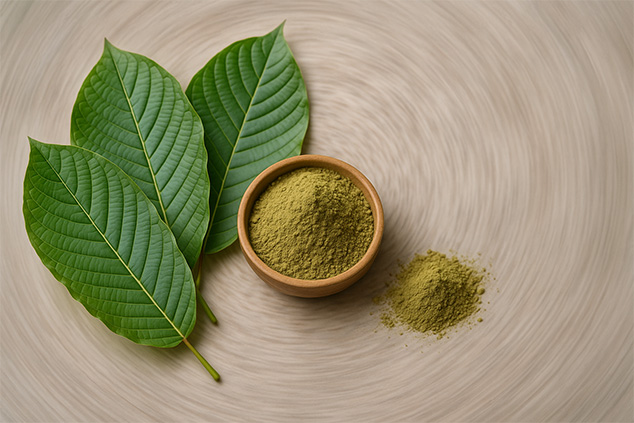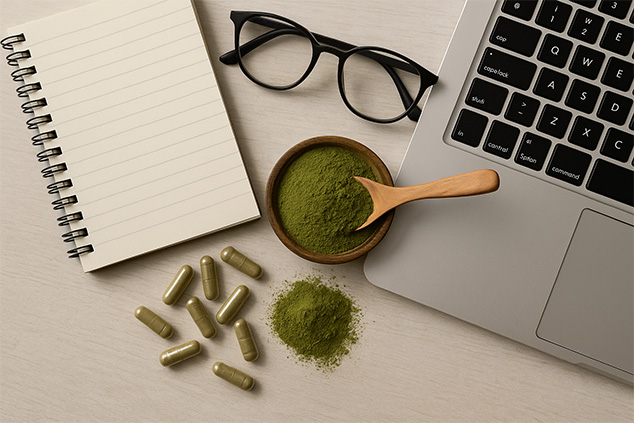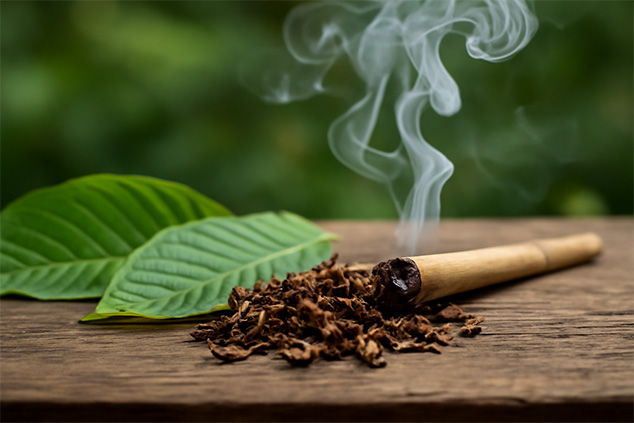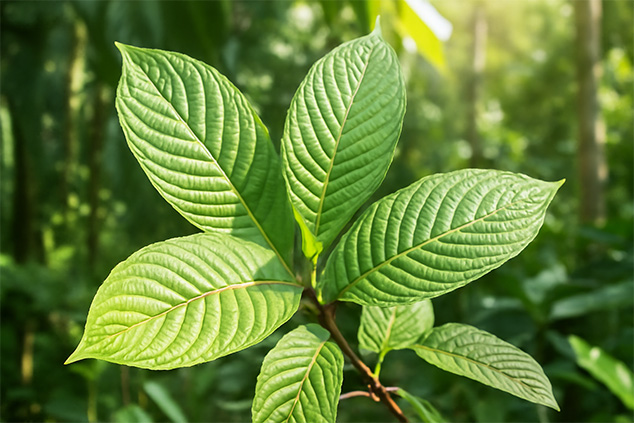Something new is often considered as something better. So, consumers often flock toward new products. Just think about the latest models of iPhone, … [Read more...] about Trainwreck Kratom: A New Potent Strain or a Hoax?
Kratom Dizziness
While kratom has a wide variety of beneficial properties, users can experience side effects. While those are generally unpleasant rather than serious, … [Read more...] about Kratom Dizziness
Kratom for Focus: Strains to Enhance Your Productivity
We live at a very demanding and fast-paced time. You may be wearing many hats and trying to fulfill a variety of roles in your life. You likely have … [Read more...] about Kratom for Focus: Strains to Enhance Your Productivity
Smoking Kratom: Is Smoking or Vaping Kratom a Good Idea?
Kratom is gaining increasing exposure and popularity. It’s native to Southeast Asia and the people there used to chew kratom leaves while working in … [Read more...] about Smoking Kratom: Is Smoking or Vaping Kratom a Good Idea?
White Maeng Da Kratom: Effects, Dosage Tips and More
White Maeng Da kratom is one of the top sellers among many vendors and one of the most recommended strains in the kratom community. It’s one of the … [Read more...] about White Maeng Da Kratom: Effects, Dosage Tips and More




